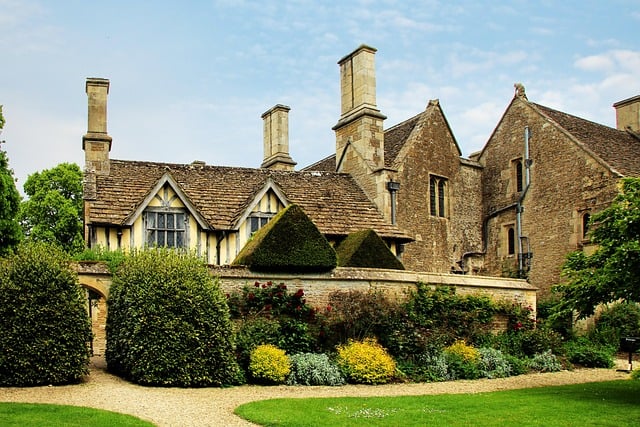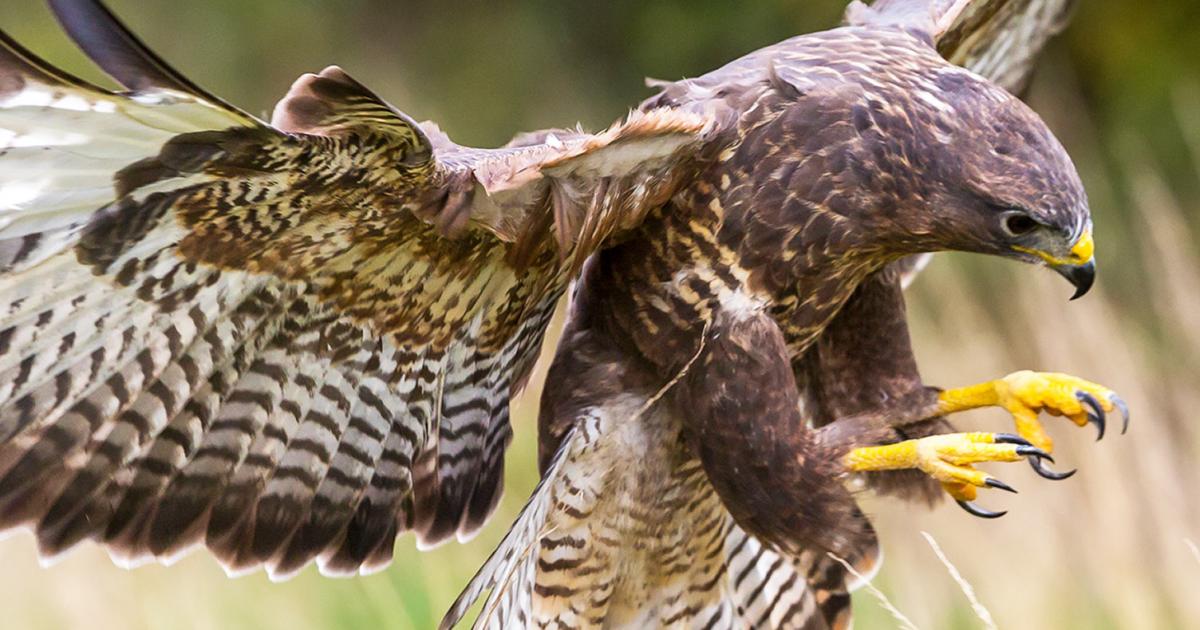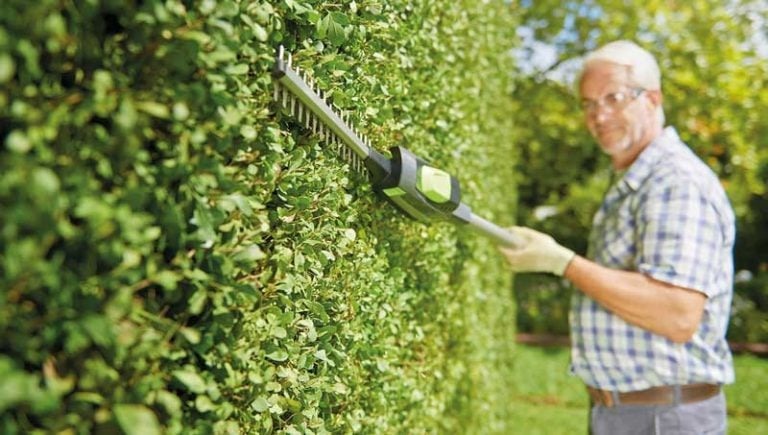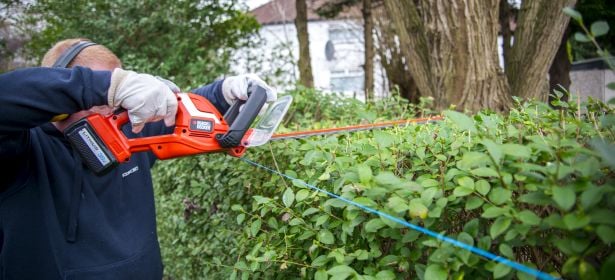25 Must-Have Shrubs for Garden Border Designs
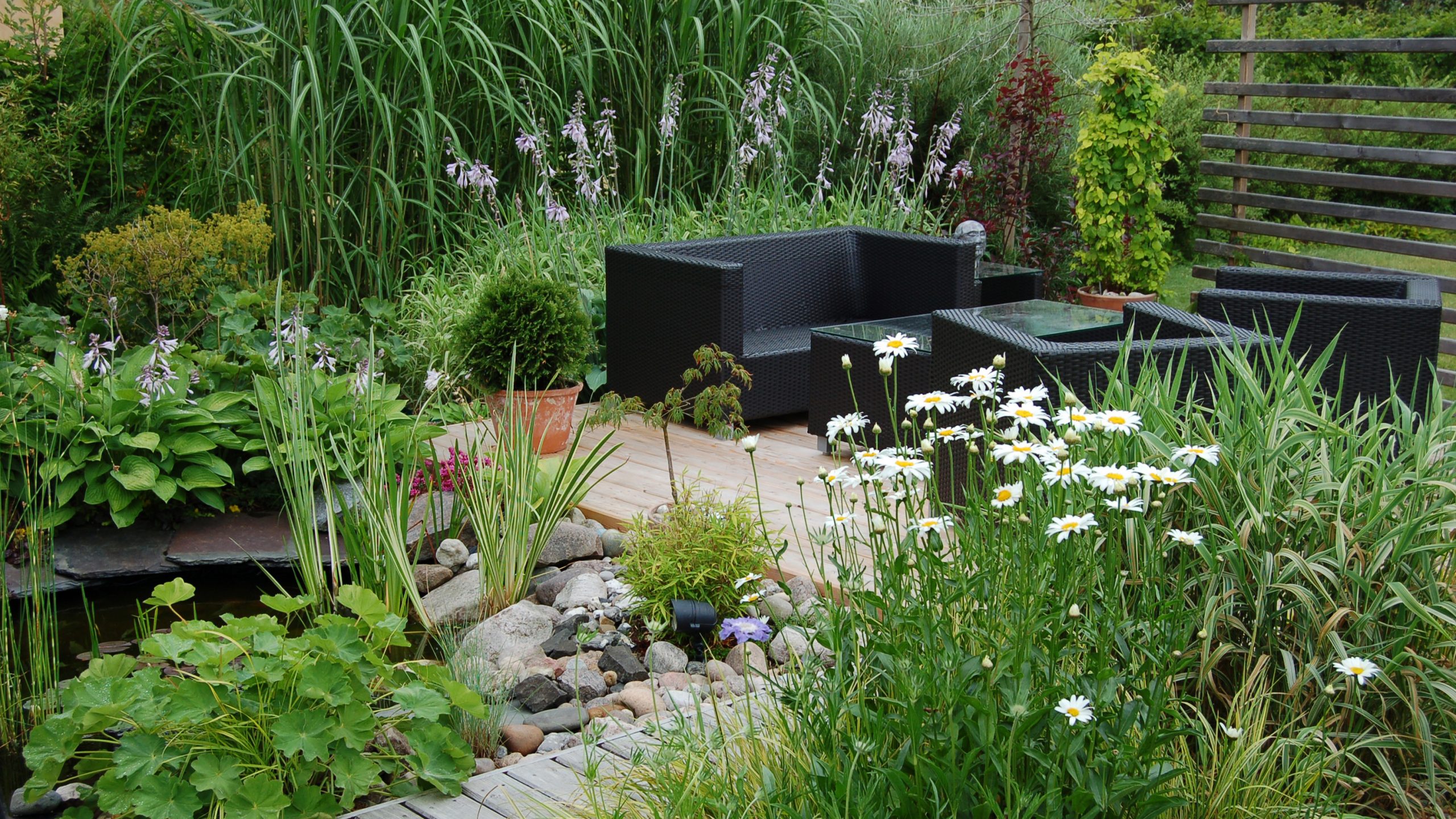
Table of Contents
Having a spacious backyard or landscape helps fulfill many garden experiments and grow many species. Shrubs for borders tend to be an integral part of the ecosystem. Smaller than a tree, these multistemmed plants add scenic beauty via their colourful flowers to your yard.
Almost every household has at least one or two plant species grown, depending on the weather and other external factors. When it comes to planting shrubs for borders, it comes with the advantage of perennial growth. Although they may have a woody appearance, they bloom into bright colours in spring.
Thinking of renovating your garden? But in a dilemma when it comes to selecting the right border shrub? Here are our favourite varieties of shrubs that we recommend to be tried by you!
1. Lobelia
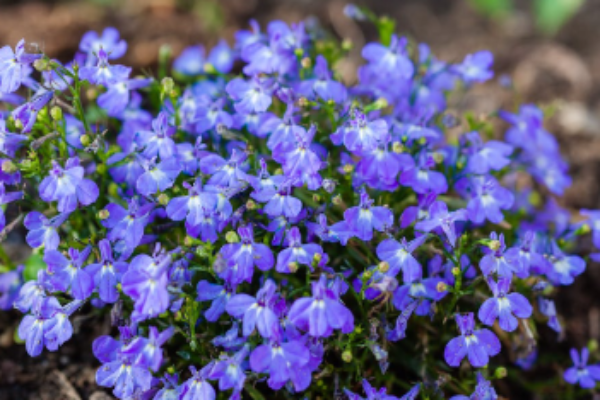
Lobelia seeds are one of the easiest to sow and are perennial plants that give bright flowers ranging from blue, purple to white when they bloom. These shrubs are frost intolerant and prefer to germinate in light. It is advised to sow these seeds in January so that the flowers are received in summer. They grow in bushes, which adorn the borders, hanging baskets, and windowsill. This annual plant grows up to 10 inches long and flowers in spring.
Lobelia seeds should be sprinkled in a container full of a seed mix that consists of sand and multipurpose compost. Before sowing the seeds, give the mixture a good water shower; as the lobelia seeds are very tiny and dusty, a water shower afterward may result in floating. After spreading a fine layer of compost on the dusty seeds, keep the container in a light spot and keep them damp for at least 3 weeks. After they germinate, gradually acclimatize the lobelia outdoors in moist soil and shade till they are transplanted.
2. Petunia
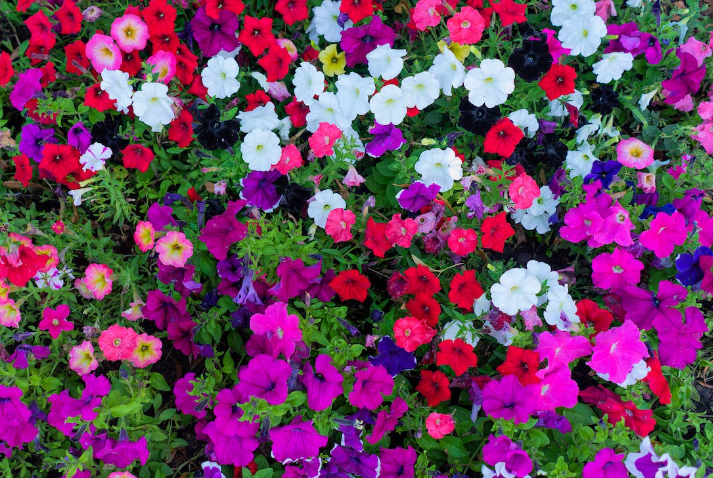
A well-known garden plant for its bright and beautiful flowers. These plants are ideal for making the garden borders vivid. The fast growth makes them suitable for filling large spaces quickly, as they can reach a height of 7 to 21 inches.
One of the advantages of planting these plants is that they are drought-tolerant, although they require regular watering. The appropriate time for sowing these seeds is at least 12 weeks before the last frost in spring.
Petunias require a warm and sunny environment to grow. These tiny seeds should be carefully sprinkled in a tray filled with seed-starting soil mix and moistened well with water.
3. Maples

One of the easiest seed projects is that of the common maple or Acer maples. These deciduous trees give yellow or red leaves in the fall season, which adds aesthetics when planted in your garden border.
These trees shed numerous seed pods from late winter to early spring. These seeds require a stratification process so that they can germinate. Choose a firm seed that has not yet sprouted and plant its tip in a container. The container should have well-drained potting soil and a plastic cover on the seeds, acting as a greenhouse. The seedling should be transplanted in the open during spring, which takes at least 5 to 6 weeks from the time it was sowed.
4. Ferns
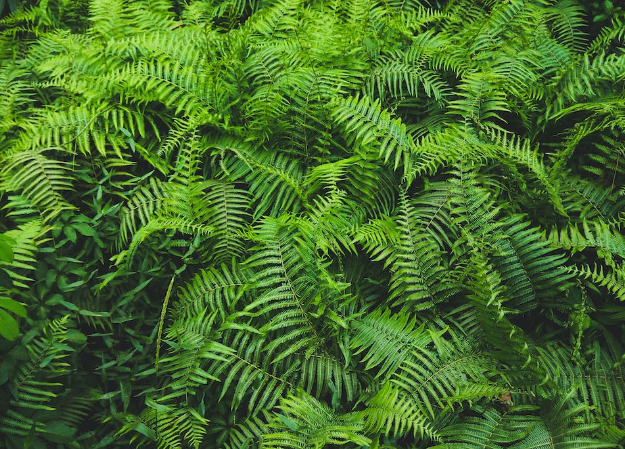
Lush green ferns prefer moist soil, and they’ll thrive when used as an edging plant by the pond. These plants grow in shady places, i.e., indirect sunlight, and require little maintenance. It is advised to keep ferns at a distance from dry and windy spots and allow them to grow in humidity.
To support the growth of these plants, use cocopeat and compost in your soil mix. The cocopeat will allow it to retain moisture, while the compost will provide the soil with rich organic matter. These green mosses need to be provided with adequate water, not resulting in the roots turning soggy.
5. Fountain Grass
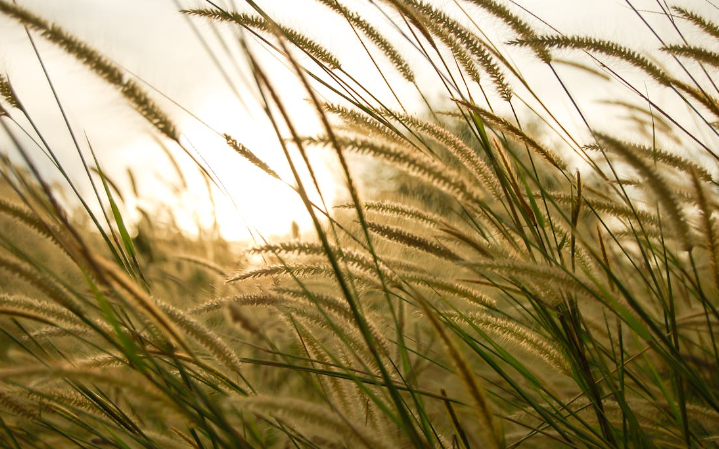
The ornamental grass, also known as Pennisetum, falls under the warm season grasses. This season grasses are perfect for summer planting, i.e., in direct sunlight and outdoor plantation. To overcome the dry conditions in summer, it is advised to maintain the moisture level in these ornamental grasses, or else the tips of the leaves will turn brown.
Not only are these grasses hardy, but they also are easy to grow and come back year after year. These grasses consist of finely textured foliage during the summer, and by the end of the summer, they bear flowers that are green in colour. Over some time, one can notice dusky purple colours on the grasses. They take on rich golden shade by the end of the fall, and by the commencement of winter, the grasses have fully grown to 4-foot height. These grasses look beautiful in groups when they are planted by the borders.
6. Hydrangeas
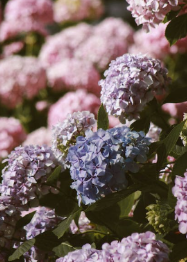
They start flowering around mid-summer and continue till the end of November every year. Some of the flowers keep their shape and colour in winter too, which adds scenic beauty. Along with the flowers, the foliage also changes its colour to red and gold, which gives them an ornamental look.
On top of this, hydrangeas grow in almost any soil; few of their varieties prefer shade and while other varieties enjoy the sun. The most common type of hydrangea is the macrophylla, which changes colour with the acidity of the soil.
A rich blue colour hydrangea is obtained as it is growing in soil that has a pH of up to 5. On the other hand, deep pink-coloured hydrangea is obtained on alkaline soil.
7. Boxwood
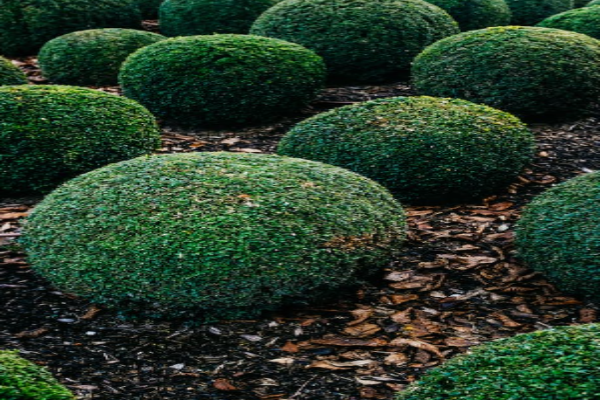
Buxus are thick, evergreen shrubs that can be seen in many elite properties. They are usually planted for foliage as their flowers are not that important. Boxwood is perfect for garden borders and a formal fence to other plants within the garden.
An area that has adequate sunlight is preferred for the plantation of these fences. Although they can tolerate sunlight, regular watering and providing them shade in summer is advised for their growth. To avoid the change in their foliage colour, the buxus should be saved from direct winter attacks. A layer of mulch, moss, stones, etc., is advised to retain the moisture.
8. Moss Phlox
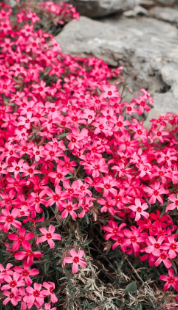
Planting the creeping phlox or moss phlox requires soil to be warm, which means after the frost has passed, it is the appropriate time. These plants are easy-to-grow perennials that come back consistently every season.
Little care and maintenance are required for these phlox. It is advised to grow them in rocky or tough soil for a groundcover, and eventually, these phlox tend to turn into cascading type. This means if the phlox are provided support or height, they can grow vertically too.
Garden phlox can grow up to 3 feet and blooms in mid-summer, yielding large flower clusters with a pleasant fragrance. Creeping phlox are low-growing groundcovers with leaves that form an attractive mat-like structure. They bloom in spring and do well as edging plants, where they can grow over the edges of stone walls or slopes.
9. Zinnia
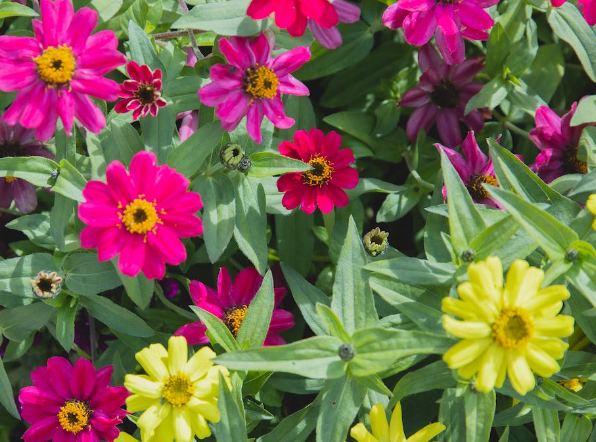
Zinnias are a standard summer garden plant for a reason. They come in a wide range of colours, bloom all summer, and are easy to grow. They are annual flowers that prefer full sunlight and well-drained soil for their growth.
Zinnias are drought-tolerant, and they can grow from 6 inches to 4 feet tall.
Zinnias can be sown directly into the garden, but if starting indoors, begin in a peat pot or cardboard pot. Planting them in biodegradable pots will save time in plucking them off and damaging the roots. It is advised to keep the soil moist to avoid water-logging. The seeds will germinate in a maximum of 2 weeks. Although these plants are low maintenance, deadheading and cutting flowers can create space for more blooming.
10. Lady’s Mantle
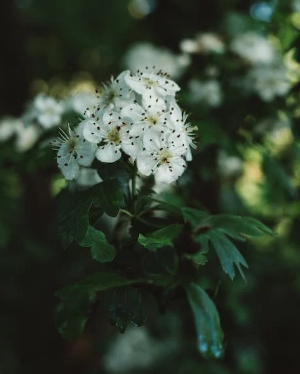
Lady’s mantle, also known as Alchemilla, is a perennial winter hardy and is generally grown as an edge, border, or ground cover plant.
These shrubs can grow up to 12 to 18 inches and yield serene lime-green foliage and a long-lasting cut flower as well that lasts for a longer time. It is advised to plant these in full sunlight or dappled shade, depending on your weather. Furthermore, these plants can tolerate freezing temperatures and return from year to year as a perennial.
They are advised to be sown in spring, as they’ll grow all summer. Moreover, these plants tend to grow from their part when chopped off and make a whole new plant.
11. Alyssum
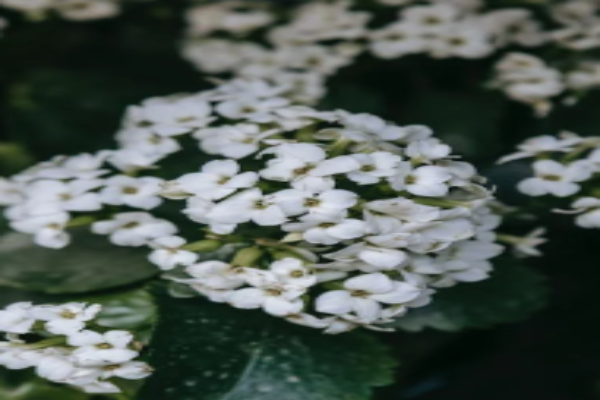
Alyssum flowers are not only beautiful, but they also attract many beneficial pests that help you grow a garden. Sweet alyssum plants require full sun to partial shade; 6 to 9 hours of sunlight is fruitful for them. Moreover, these species are drought-tolerant, so only adequate water should be provided to the soil to keep it moist.
Alyssum are small plants that grow up to 3 to 6 inches tall and produce clusters of tiny flowers. The bloom comes in pink, salmon, purple, white, and yellow colours.
12. Barberry
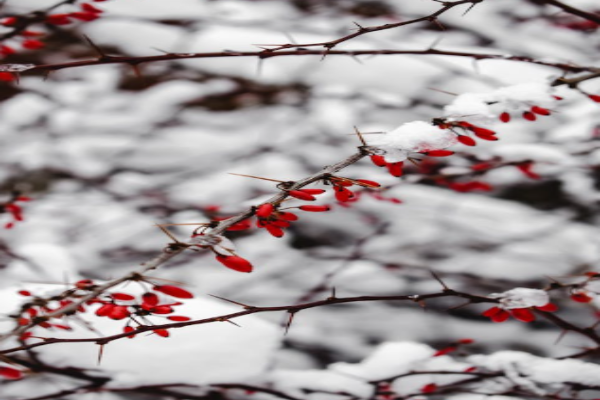
Commonly known as Red barberry or Japanese barberry, these deciduous shrubs can grow in USDA hardy 4 to 8 and UK hardy H7. Berberis thunbergii can grow up to 3 to 6 feet in height and spread 4 to 7 feet in diameter.
Barberries require a spot that receives full sunlight and can also grow in partial sun. Moreover, they prefer to grow in well-drained soil rather than water-logged. Berberis can grow on clayey, loamy, sandy, or chalky soil. Furthermore, they are drought-tolerant.
The flowers grow into pale yellow or orange with red sepals when they bloom in mid to late spring. The leaves are usually green and spiny in shape but by autumn, they turn red to orange and bear red fruits, which gives them an ornamental look.
13. Cornus
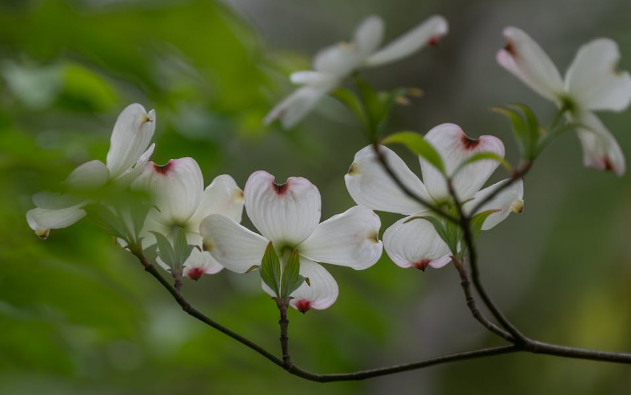
This plant is commonly known as dogwood, which flowers in mid to late spring. An advantage of growing these plants is that they can grow from the pre-existing ones. Beautiful white flowers bloom in spring, and red berries are formed in the fall, from which the seeds need to be extracted. They grow a maximum of 25 feet both in height and width.
These shrubs love to grow on the edges of wooded spaces in areas where there is ample sunlight. Dogwoods prefer well-drained soil to grow and are drought-tolerant. They may shed a few leaves in the summer. To avoid such issues, keep watering the plant in the first year to make it well-established. The leaves turn red in the fall season, giving it an ornamental appearance.
14. Lavender
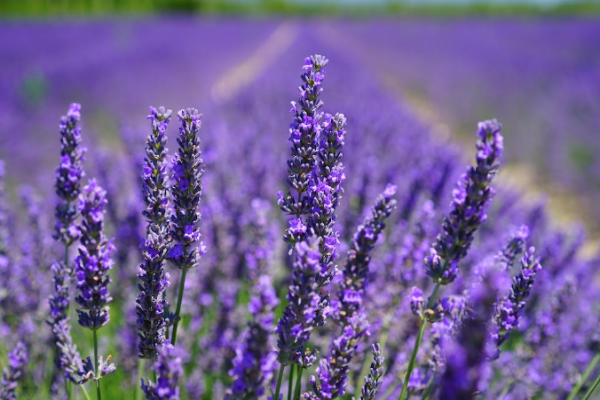
Beautiful, elegant flowers that have an elite place in every bouquet have unique growing requirements. Being a regular reader of our website, you know that every plant or tree requires rich, well-drained soil for growth. In the case of lavenders, they require dry, sandy, gritty soil. Furthermore, these purple shades require almost desert-like conditions; direct hot sun and sandy soil.
Lavenders are perennial and winter-hardy plants that can be divided into several types. Moreover, the two types of English lavender are highly recommended by garden enthusiasts. A common thing between both English lavenders is their fragrance; they differ only in height. Lavender vera is the taller type that grows up to 30 inches, whereas lavender instead is the shorter one, which grows up to 16 inches.
15. Philadelphus
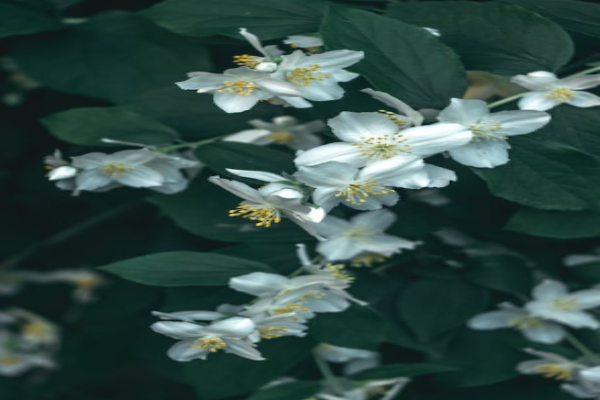
Commonly known as mock oranges, these plants yield large, white flowers in abundance during the summer from June to July. They are fast growers and can grow up to 3 meters. The mock name orange is given after the appearance of flowers that resemble oranges and the highly fragrant orange blossom scent that it releases in summer.
Mock oranges thrive in well-drained, multipurpose composted soil. Choose a site that has ample sun for the best growth and flowering. They require plenty of space to grow and spread. Plant these shrubs in groups as a hedge row, in a location where you can receive their maximum fragrance.
16. Potentilla
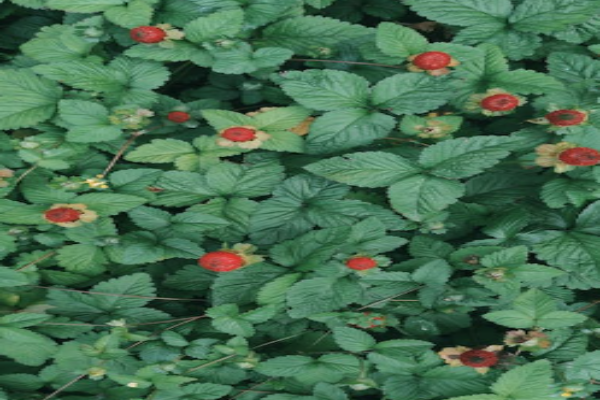
A beautiful variety of this plant that blooms with deep red flowers is the monarchs’ velvet. It is preferred to sow their seeds in October, which is the start of autumn in the UK.
Potentillas can be grown from pre-existing flowers; the seeds are very tiny and dusty-like particles. Preparing a good bed of moist compost before planting the seeds is advised so that the seeds don’t float. Soil pH amicable for potentilla is between 5 to 7.
After planting the seeds, cover them with a fine coating of dry seed mix. The seeds will start popping up in spring, and the flowers will last till the next autumn. Moreover, these shrubs are low in maintenance and drought-tolerant. Other than red, potentillas bloom in bright yellow flowers too.
17. Rhododendrons
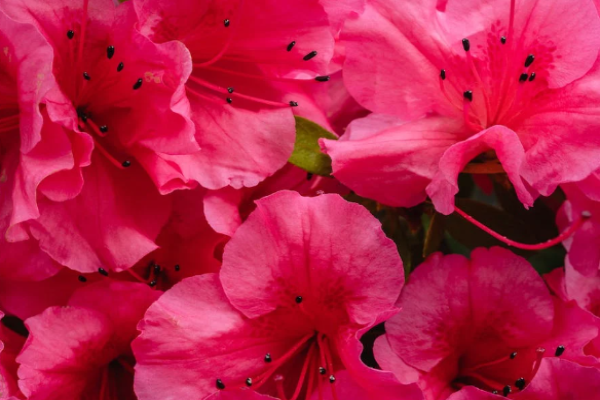
Commonly known as Azaleas, these shrubs grow in almost all landscapes yielding vibrant flowers in the spring.
They are capable of surviving the hardiness and fitting your landscape. Azaleas come in various forms ranging from evergreen to deciduous. The appropriate time to plant a rhododendron is in autumn or spring, followed by the flowering time between February to June.
These shrubs vary in height, ranging from 3 feet to 20 feet tall. For bounty growth, provide azaleas with well-drained soil, as they cannot tolerate soggy soils. Moreover, they should be planted in dappled shade, away from the direct hot sun.
18. Fuchsia
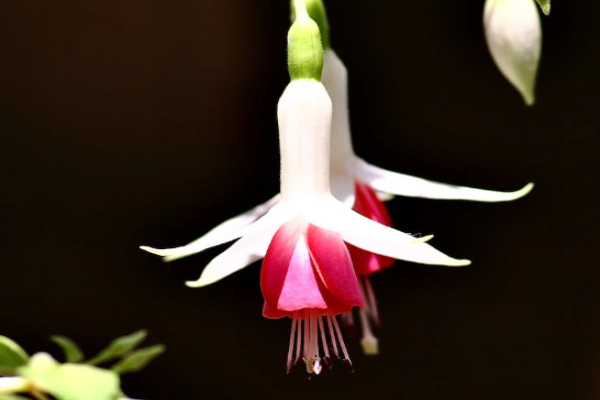
Commonly known as Mrs popple, this border shrub can be grown from pre-existing plants or can be purchased online. If you are planting the purchased seeds, allow them to be soaked overnight, and if you are extracting the seeds from the plant, let them dry overnight before planting.
Fuchsia requires well-drained soil that consists of equal amounts of potting soil, coarse sand, and peat moss. After sowing the seeds in this potting mixture, spread a layer of dirt to protect the seeds. A warm location should be chosen for their germination; covering them up can also speed up the process.
Once the seedlings develop several sets of true leaves, they are ready to be planted in the border. These bell-shaped flowers require moist soil and regular watering in summer to sustain. Pruning is necessary for the maintenance of plants and flowers.
19. Deutzia
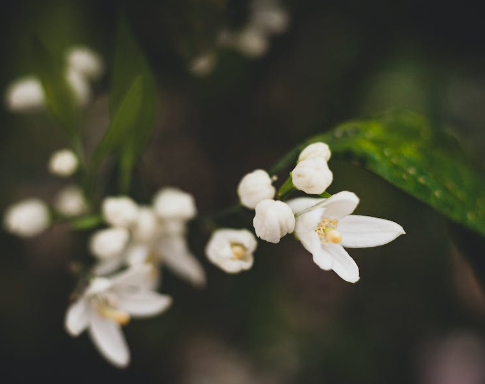
Deutzia are wonderful deciduous shrubs that bloom in late spring to summer, with dense clusters of star-shaped flowers in white or pink shade. They form an ornamental look by the garden’s border and are low in maintenance.
These plants prefer fertile soil and can grow up to 2 to 3 meters in height and spread 3 meters. Deutzia thrives in full sunlight to dappled shade and well-draining soil, depending on the variety of deutzia. These plants can tolerate cold up to -4 degrees F and are drought-tolerant too.
20. Flowering Plum Tree
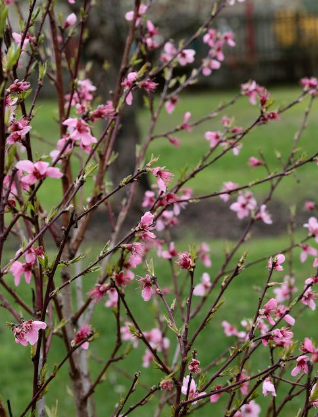
Prunus triloba, or flowering almond, brings an ornamental look to the garden border. This plant is capable of growing in temperate climates from hardiness zone 3 to 7.
This medium-sized shrub may grow in any typical garden soil, but it prefers sandy loam soils that are well-drained, moist, and slightly acidic slightly alkaline.
The appropriate time to sow the almond tree is in spring, with the use of organic compost, to boost the fertility of the soil and retain water in summer. The pale pink coloured flowers appear after a year in April or May. A fully grown almond tree reaches a height of 200 cm and hardly bears any fruits.
21. Hebe
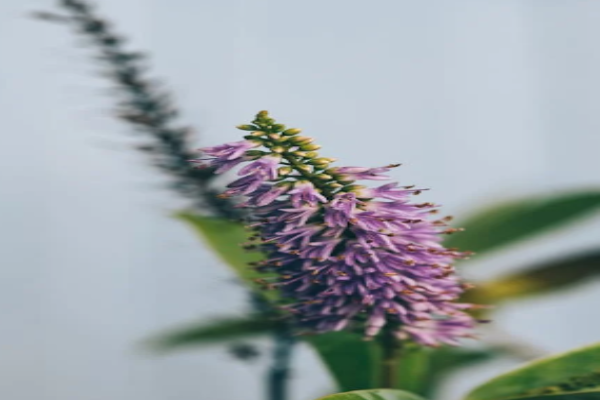
Commonly known as Autumn Glory, they are evergreen shrubs yielding attractive foliage and summer flowers that come in different shades of white, pink, blue, and purple.
The hebes can grow in versatile habitats ranging from open grounds, mountain slopes, grasslands, etc. They are a point of attraction due to their flowers, which differ in shape. Some varieties yield tubular flowers, while others develop spikes.
The advantage of growing hebe is their natural adaptability. They go along the borders, in pots, hedges, etc. They can tolerate coastal conditions as well as sustain in alpine beds.
The autumn glory can grow in full sun to dappled shade, and ideally, the soil should be poor to moderately fertile with neutral to slightly alkaline pH.
22. Blackthorn
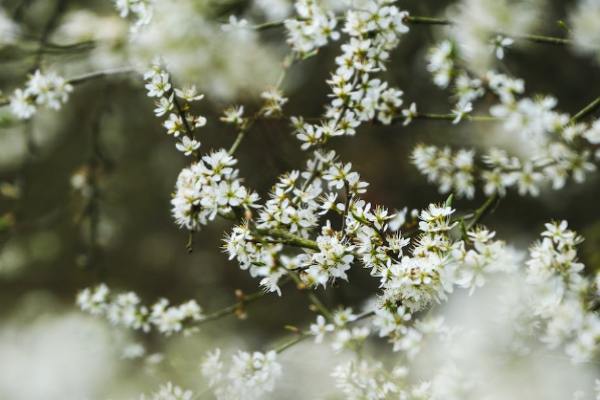
Commonly known as Sloe, these are small, deciduous trees producing berries. In the landscape, hedges or fencing are the most common use for growing these shrubs.
The fruit produced from this tree is used in condiments, and the leaves are also in herbal teas. Sloe requires little maintenance and can grow in a variety of soils.
They require full sunlight to dappled shade for optimum growth. Moreover, they can reach a height of up to 7 meters.
23. Hawthorn
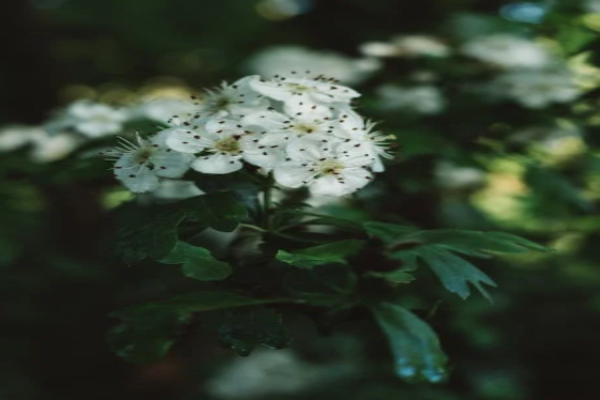
Commonly known as Whitethorn or May tree, they grow up to 15 meters when they mature.
In autumn, these plants bear red berries, which contain a seed that can be further used to grow a whole new plant. After extracting the seed and checking whether it is viable, it should be planted in a pot full of compost and well-drained soil. The pot should be left outside overwintered in a cool, damp place. The whitethorn starts to grow in early spring.
Flowers of these plants are fragrant and bloom into white or pink clusters. Once pollinated by the insects, they develop into red cherries known as haws.
24. Buckthorn
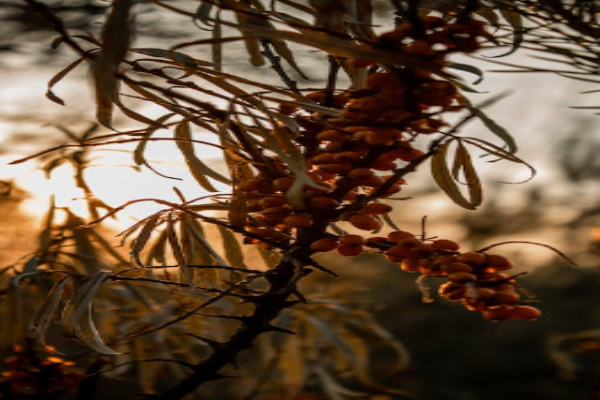
Commonly known as sea buckthorn, it is renowned for its health benefits. These are shrubs with a bright orange berry that is high in various vitamins and omegas.
These orange berries prefer to grow in full-light and well-drained soil. It won’t fruit in the shade and is intolerant of standing water. The appropriate time for sowing them is Early in the spring, water them and cover them with mulch.
There is little need for fertilizer because it fixes its nitrogen. To give them the most sunshine and prevent them from growing in the wrong places, prune them regularly.
25. Roses
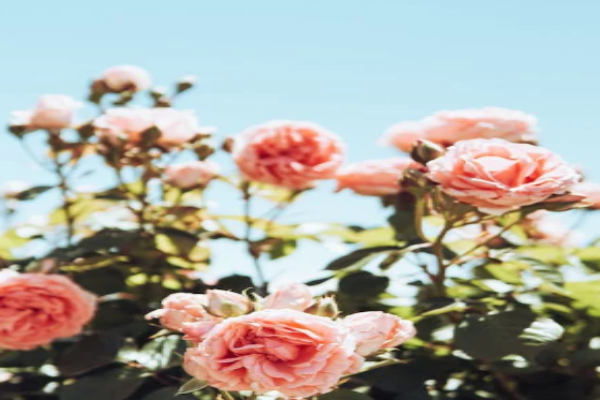
Roses are one of the most popular garden plants. They come in a range of colours, and many have their specific scents too.
Roses can be grown in borders, pots, arches, and groundcovers. They are easy to grow and live longer when properly maintained. They grow in almost all soils that are well-drained and can grow in different spots ranging from the patio to climbers. Roses are deep-rooted plants; once established, they do not require additional water. It is advised to water them during their initial years.
These plants are heavy feeders and require input from general-purpose fertilizers and mulch that is rich in organic matter.
Wrapping Up!
Thinking of expanding your garden? Pick anyone from the above and enjoy the aesthetics.
The bright side of growing these shrubs in your yard is that they add colour to your yard and make it look serene. Moreover, they can be grown in frost-prone areas, too, if given proper care. These shrubs can be easily grown indoors and then can be decorated on hanging containers, patios, hedges, and borders. Try growing these shrubs for borders in your garden and enjoy an amazing gardening experience.
Receive more tips and hacks on simplified gardening!
Frequently Asked Questions
What Does Hawthorn Look Like?
Whitethorn or maythorn have been used as a border or hedging plant in temperate zones. Their varieties differ in height ranging from a little tree with just one stem, the mature trees that can grow up to 15 meters tall. Moreover, they are distinguished by their dense, thorny nature. The twigs are thin, brown, and covered in thorns, while the bark is brown-grey, twisted, and fissured.
Does Fucshia Need Shade or Sun?
Mrs popples are shade-loving plants, but they require a lot of light to develop and bloom. In the open, pick a spot where the plants will get a dappled shade or a direct morning sun. More shade will be required when the weather becomes warmer.
Where Do Ferns Grow?
Lush green ferns prefer moist soil, and they’ll thrive when used as an edging plant by the pond. These plants grow in shady places, i.e., indirect sunlight, and require little maintenance. It is advised to keep ferns at a distance from dry and windy spots and allow them to grow in humidity.

